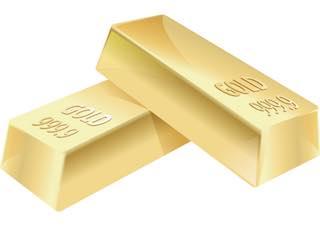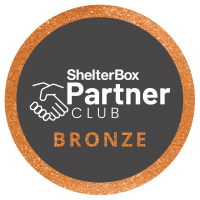'The Edinburgh Assay Office', Elsbeth Morrison
Wed, Feb 3rd 2016 at 7:00 pm - 8:30 pm
.

Elsbeth Morrison gave the meeting a fascinating insight into the origins and work of The Edinburgh Assay Office. Her responsibilities include the role of Archivist which gives her a unique overview of the valuable historic records held by the Office. She took us from the origin in c.1458 of The Incorporation of Goldsmiths in Scotland to the accommodation and work of today’s Assay Office.
Legislation in 1492 required precious metals to be assayed and hallmarked, and today the earliest surviving piece hallmarked in Edinburgh is the Methven Cup dated c.1530. At this time the Incorporation of Goldsmiths were a dynastic body with records showing fathers introducing sons, nephews and in-laws to the Guild. Candidates for admission were required to submit a piece of work to the Deacon of the Incorporation to demonstrate competence and skill before being admitted. The 18th century was the most productive and influential period for the Incorporation and in 1784 Duty was charged on all items hallmarked. The records of the duty paid from this date onward form the basis of the current database of Scottish gold and silver.
A notable and successful member of the Incorporation of Goldsmiths at this time was one George Heriot who was appointed King’s jeweller and reputedly so successful he lent money to the King! He founded the institution for children in Edinburgh that bears his name today. In 1819 an assay office was opened in Glasgow and closed in 1964.
Elsbeth showed us slides of the two current methods of assay to analyse alloys - Cupellation, essentially placing measured quantities of metal to be tested in a lead sleeve and firing the sample to 1100 degrees C. The gold and silver quantities remaining in the sample are recorded. Laser analysis submits the sample to laser beam and records the wavelengths generated by differing metals.
We saw slides of typical metal hallmarks and Elsbeth explained the significance of the various symbols. She saw hallmarking as one of the earliest forms of consumer protection and said today many imported and internet-sold articles purporting to be precious metal are not and many bear false hallmarks.
Elsbeth answered questions from members and offered her opinion on several samples of silverware submitted for inspection.
David Cormack thanked Elsbeth on behalf of the Club.
Report by Jim Douglas
'What We Do' Main Pages:
